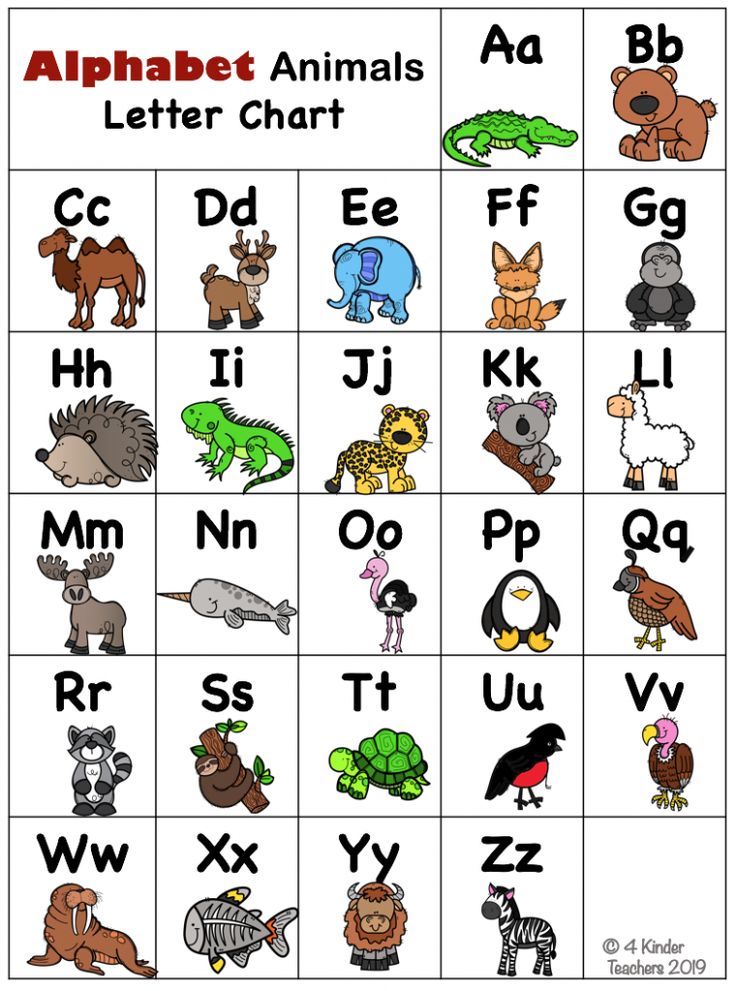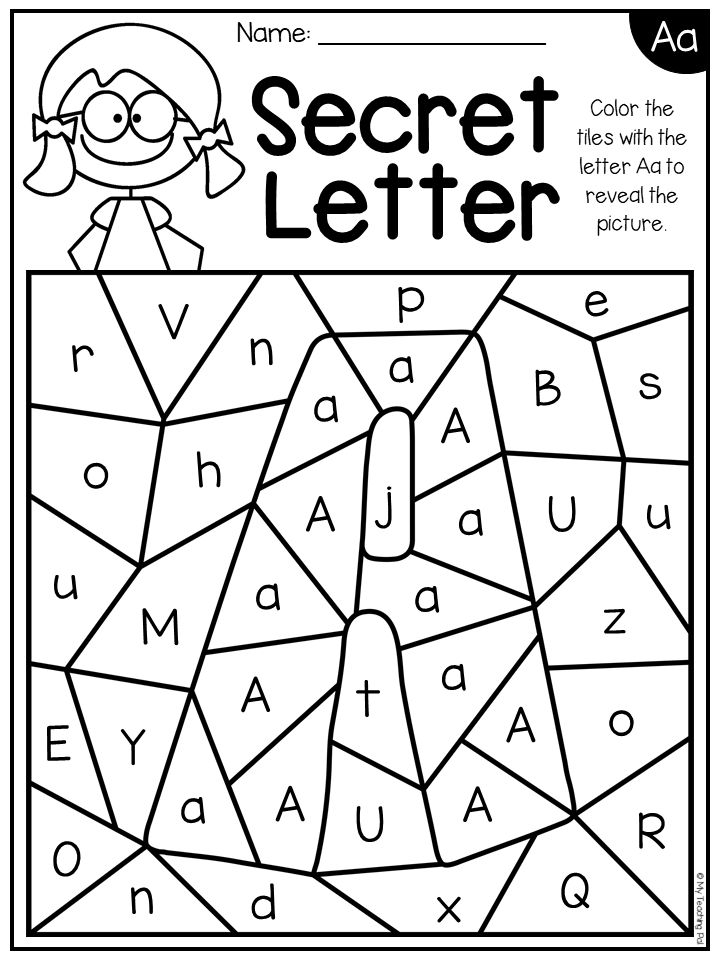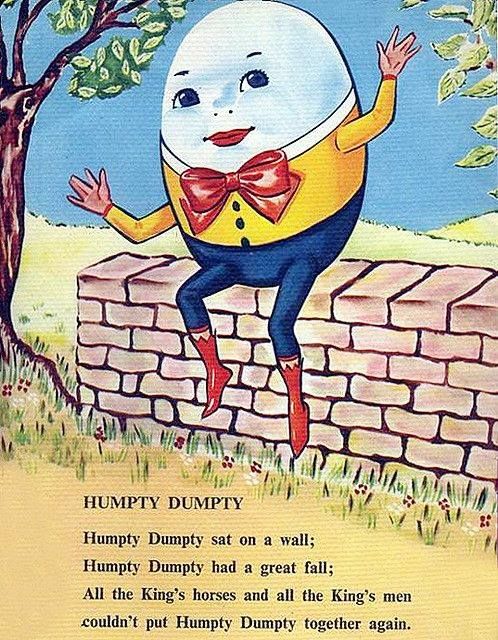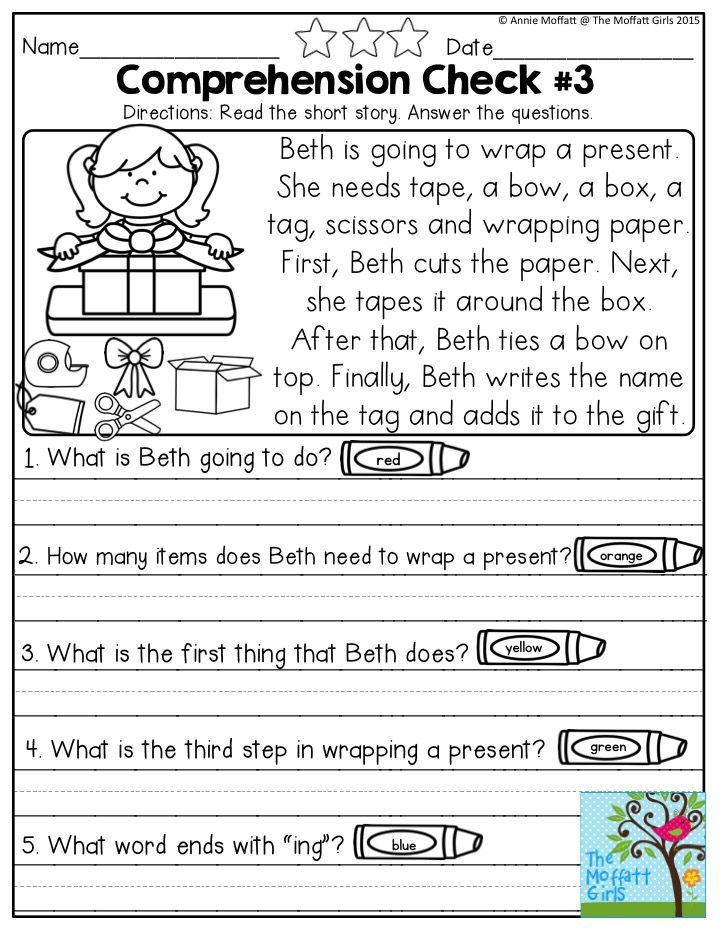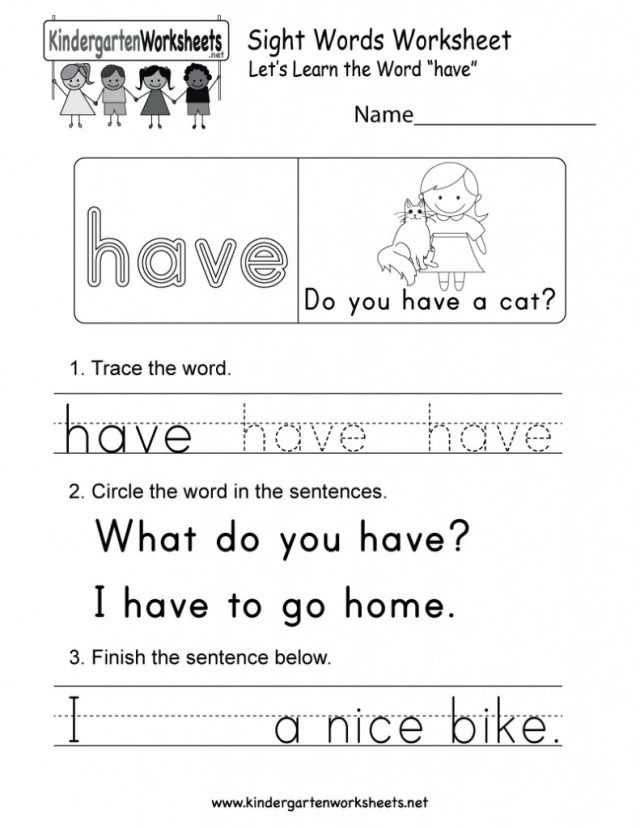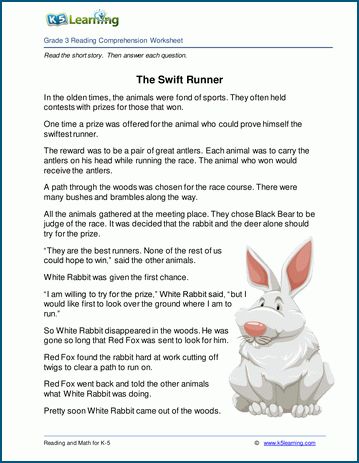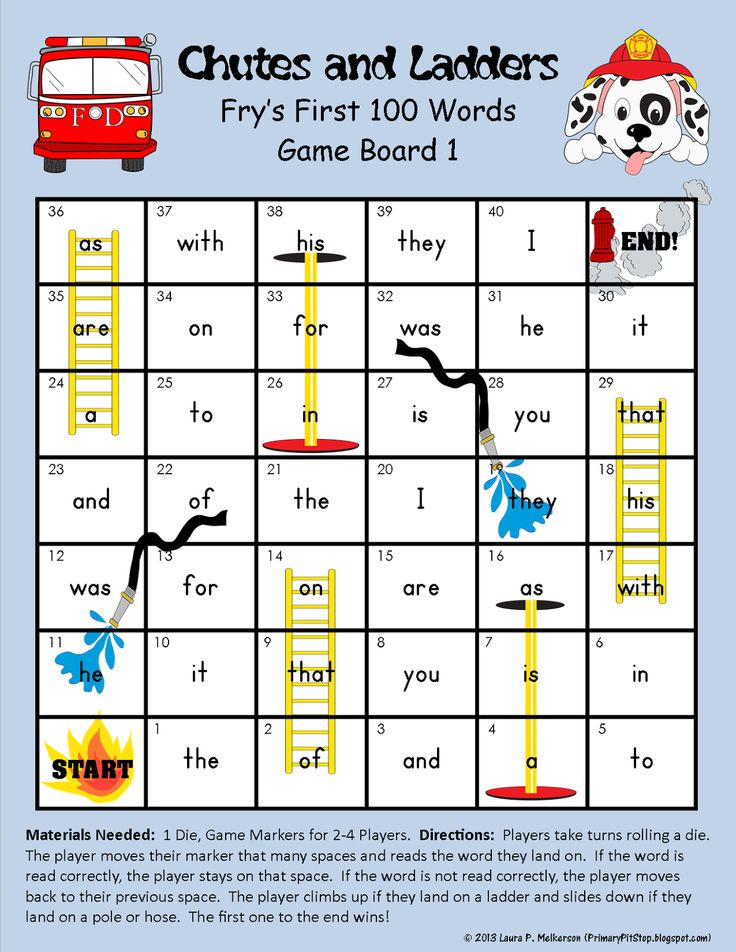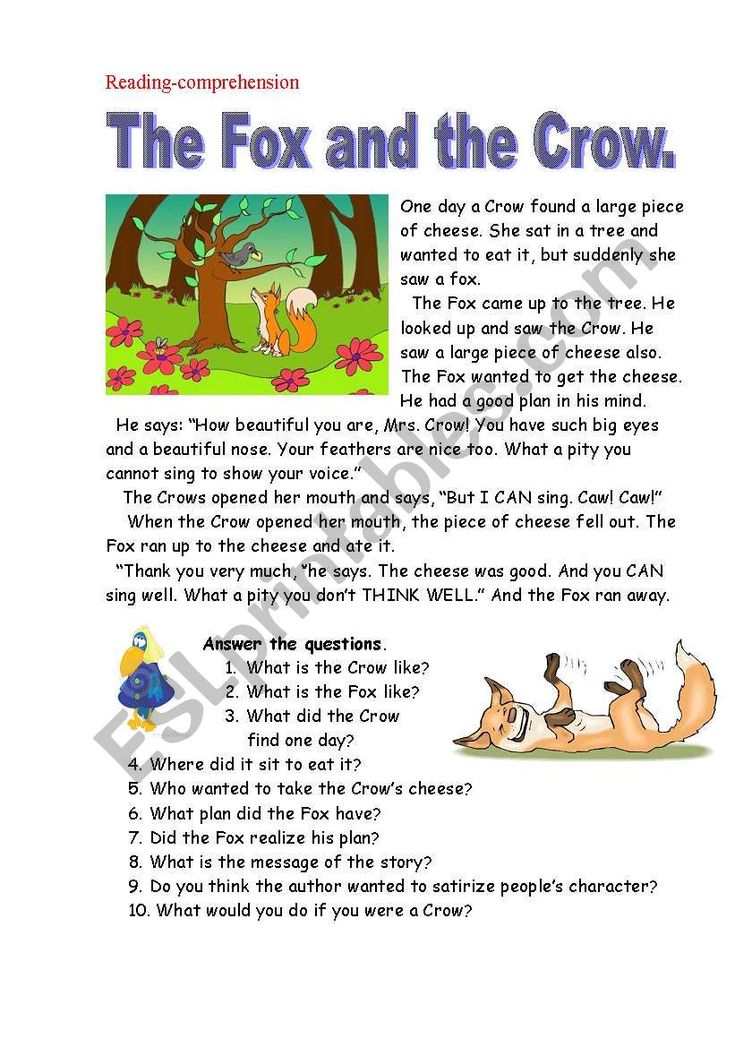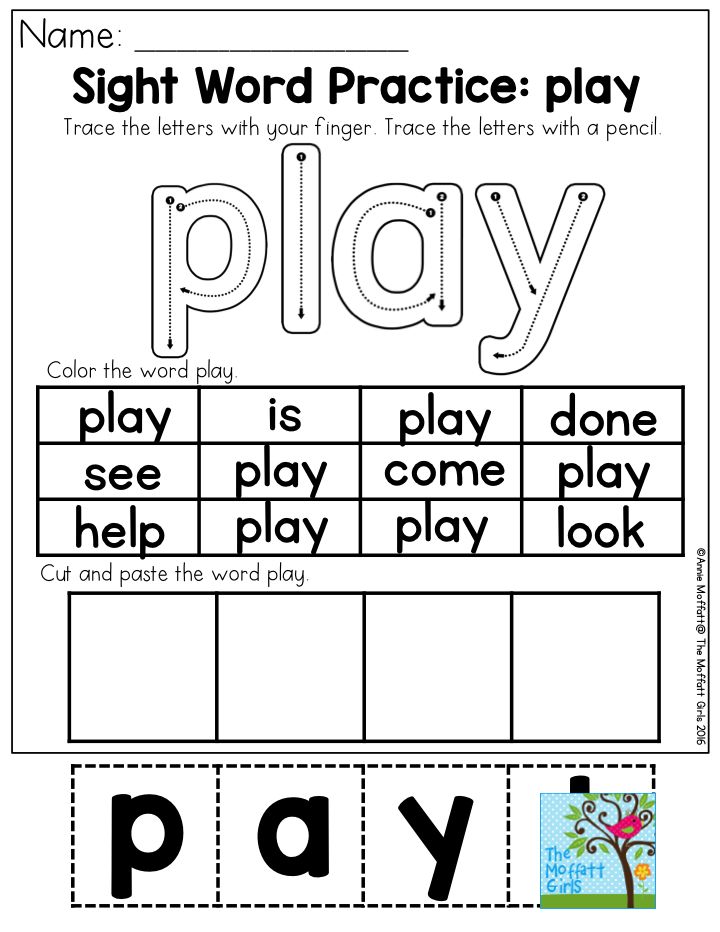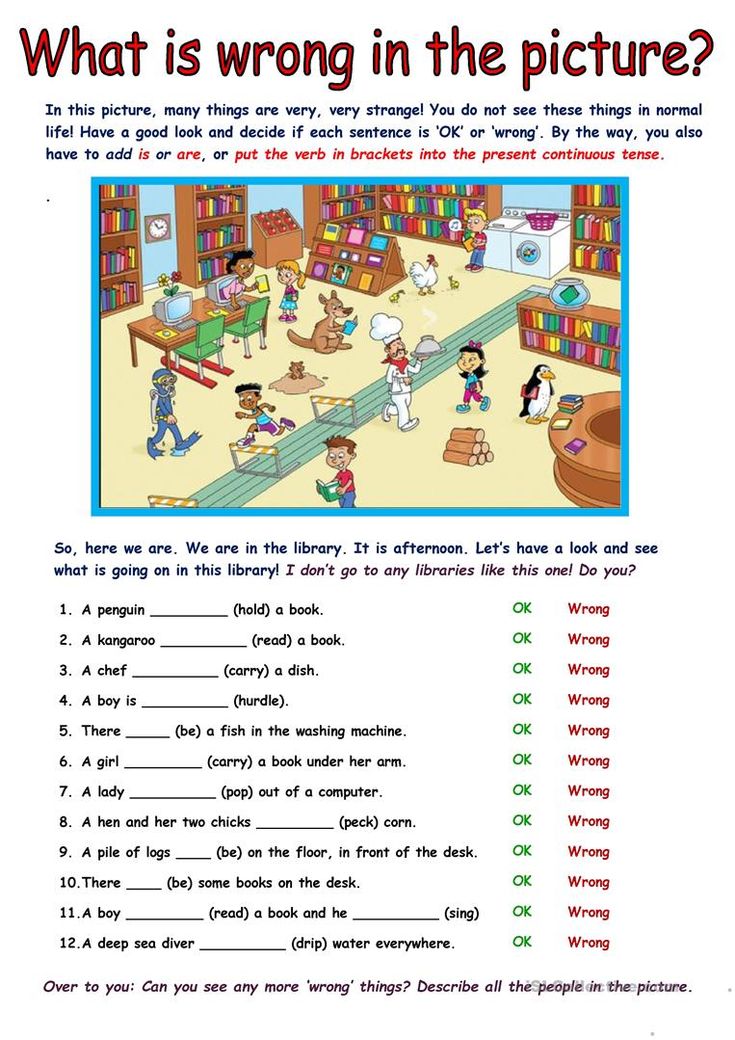Teach my preschooler
Teach My | Learning Kits for children 6 months and up!
Teach My | Learning Kits for children 6 months and up!100% Screen Free!
Teach My
Baby Learning Kit$29.99Learn More
Teach My
Toddler Learning Kit$29.99Learn More
Teach My
Preschooler Learning Kit$29.99Learn More
Teach My
Kindergartener Learning Kit$29.99Learn More
We are Teach My, an award winning, woman-owned educational toy company! Since 2007, we have been providing parents, grandparents, caregivers and teachers with screen free, simple tools to teach the basics in just 20 minutes a day. From first words, the alphabet, reading and spelling to first numbers, counting and early math, our learning kits can help children succeed in school and develop a lifelong love of learning.
Featured Video
Testimonials
Like a lot of twins, my boys are having a speech delay and our speech therapist loves the Teach My Baby flash cards and books since it reinforces the same pictures :) I had bought the kit when they were around 4 months thinking we would start early and then I got busy and didn't introduce it until I needed simple books without a ton of pictures on each page (again a rec from the speech therapist). Most first word books have way too many pictures per page and they aren't ready for that yet!
I wish we'd started earlier, but it's so helpful now that we are really working on speech and comprehension ;) They love that the cards aren't just flash cards, but also puzzle pieces that they can take out and push in ;) It keeps them engaged, as do the touch and feel cards. We will definitely be trying the next level Teach My kits as they progress!
Lauren Ellis
My husband and I wanted to let you know what a huge impact the Teach My line has made in our son's life.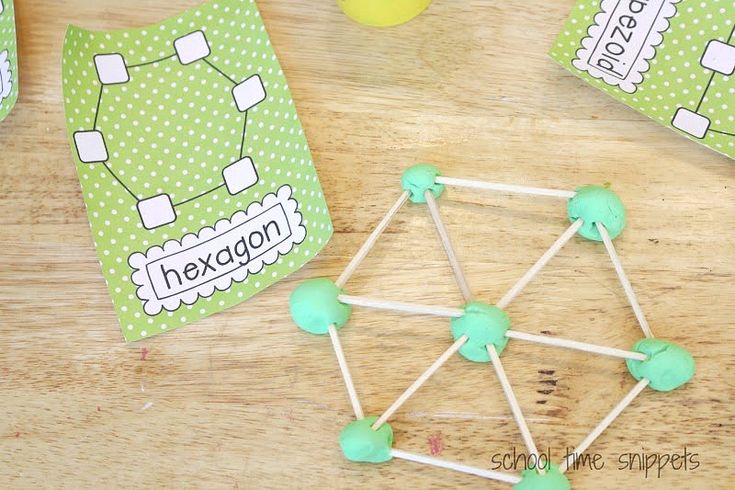 He is turning 6 this year, and we have been using the "Teach My" products regularly since he was just under 1 year. I spoke with his JK teacher this morning and she is amazed that he is reading at a Grade 3 level. We think a lot of this has to do with using the "Teach My" series and through it's use, showing our son how rewarding learning can be. My husband and I both work full-time and, in all honesty, wouldn't have had the creativity to come up with the learning sets ourselves. But, we are able to use your sets 20 min every day. We are so grateful for your product. Thank you a million times for helping to inspire a love of learning in our family!
He is turning 6 this year, and we have been using the "Teach My" products regularly since he was just under 1 year. I spoke with his JK teacher this morning and she is amazed that he is reading at a Grade 3 level. We think a lot of this has to do with using the "Teach My" series and through it's use, showing our son how rewarding learning can be. My husband and I both work full-time and, in all honesty, wouldn't have had the creativity to come up with the learning sets ourselves. But, we are able to use your sets 20 min every day. We are so grateful for your product. Thank you a million times for helping to inspire a love of learning in our family!
Dana Nyholt
I have a 3 year old that has a speech delay. I have used other preschool activities to help her speech but she lost interest or didn't want to participate. I bought your preschool kit last week and we have done it every day! She absolutely loves it! We just did the foam numbers on the book and she not only put them in the right place first try but repeatedly counted them correctly!! She was so proud of herself and counted them at least 10 times! This means so much to us! I just wanted to say thank you for making a product that's actually working for us!!!
Janelle and Kaitlyn
Teaching children to read isn’t easy.
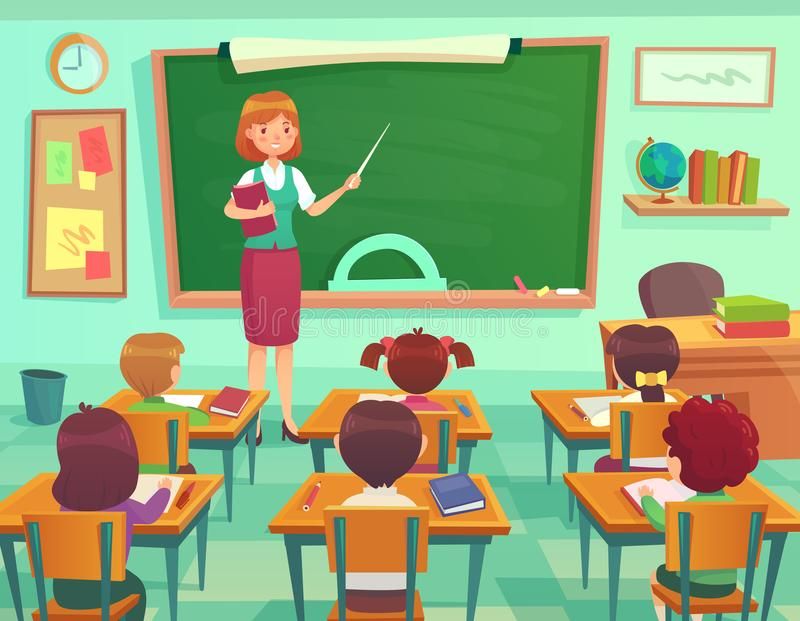 How do kids actually learn to read? A student in a Mississippi elementary school reads a book in class. Research shows young children need explicit, systematic phonics instruction to learn how to read fluently. Credit: Terrell Clark for The Hechinger Report
How do kids actually learn to read? A student in a Mississippi elementary school reads a book in class. Research shows young children need explicit, systematic phonics instruction to learn how to read fluently. Credit: Terrell Clark for The Hechinger ReportTeaching kids to read isn’t easy; educators often feel strongly about what they think is the “right” way to teach this essential skill. Though teachers’ approaches may differ, the research is pretty clear on how best to help kids learn to read. Here’s what parents should look for in their children’s classroom.
How do kids actually learn how to read?
Research shows kids learn to read when they are able to identify letters or combinations of letters and connect those letters to sounds. There’s more to it, of course, like attaching meaning to words and phrases, but phonemic awareness (understanding sounds in spoken words) and an understanding of phonics (knowing that letters in print correspond to sounds) are the most basic first steps to becoming a reader.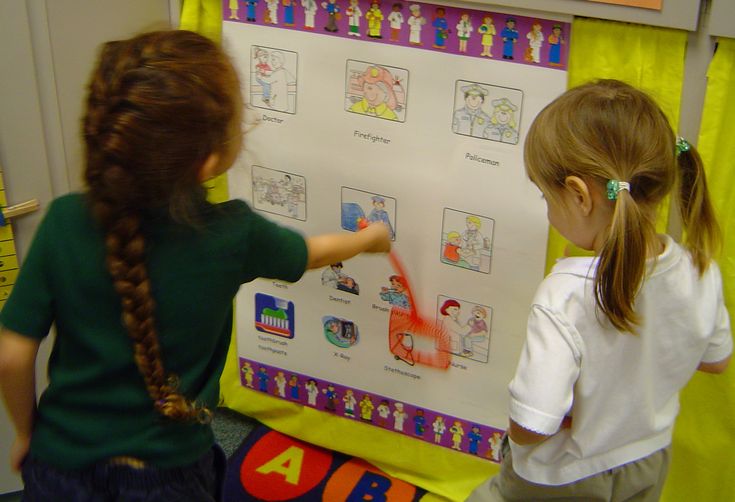
If children can’t master phonics, they are more likely to struggle to read. That’s why researchers say explicit, systematic instruction in phonics is important: Teachers must lead students step by step through a specific sequence of letters and sounds. Kids who learn how to decode words can then apply that skill to more challenging words and ultimately read with fluency. Some kids may not need much help with phonics, especially as they get older, but experts say phonics instruction can be essential for young children and struggling readers “We don’t know how much phonics each kid needs,” said Anders Rasmussen, principal of Wood Road Elementary School in Ballston Spa, New York, who recently led the transformation of his schools’ reading program to a research-based, structured approach. “But we know no kid is hurt by getting too much of it.”
How should your child’s school teach reading?
Timothy Shanahan, a professor emeritus at the University of Illinois at Chicago and an expert on reading instruction, said phonics are important in kindergarten through second grade and phonemic awareness should be explicitly taught in kindergarten and first grade.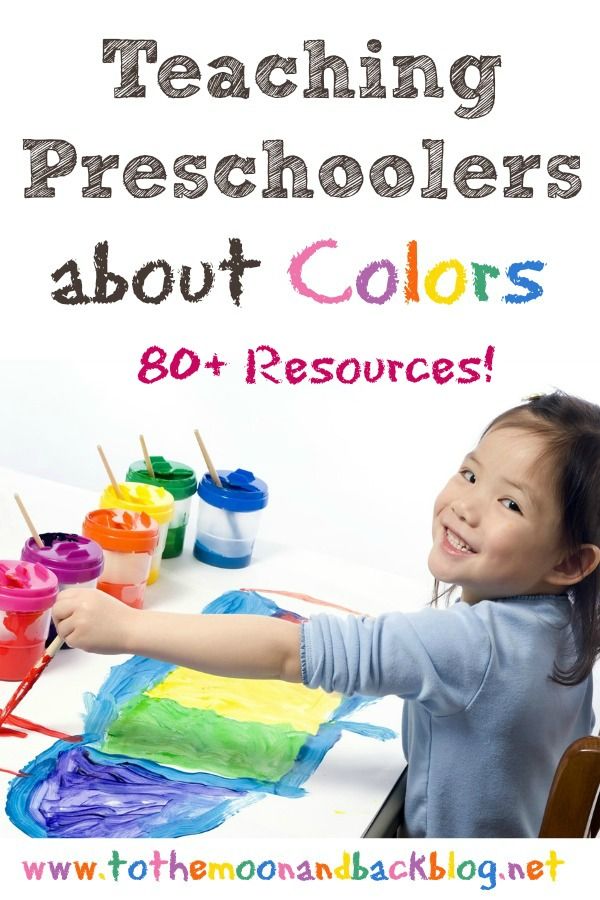 This view has been underscored by experts in recent years as the debate over reading instruction has intensified. But teaching kids how to read should include more than phonics, said Shanahan. They should also be exposed to oral reading, reading comprehension and writing.
This view has been underscored by experts in recent years as the debate over reading instruction has intensified. But teaching kids how to read should include more than phonics, said Shanahan. They should also be exposed to oral reading, reading comprehension and writing.
The wars over how to teach reading are back. Here’s the four things you need to know.
Wiley Blevins, an author and expert on phonics, said a good test parents can use to determine whether a child is receiving research-based reading instruction is to ask their child’s teacher how reading is taught. “They should be able to tell you something more than ‘by reading lots of books’ and ‘developing a love of reading.’ ” Blevins said. Along with time dedicated to teaching phonics, Blevins said children should participate in read-alouds with their teacher to build vocabulary and content knowledge. “These read-alouds must involve interactive conversations to engage students in thinking about the content and using the vocabulary,” he said.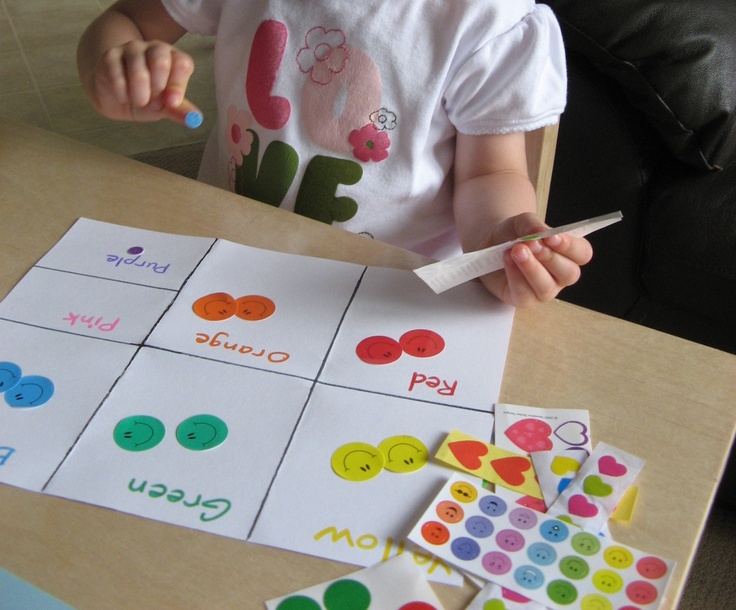 “Too often, when time is limited, the daily read-alouds are the first thing left out of the reading time. We undervalue its impact on reading growth and must change that.”
“Too often, when time is limited, the daily read-alouds are the first thing left out of the reading time. We undervalue its impact on reading growth and must change that.”
Rasmussen’s school uses a structured approach: Children receive lessons in phonemic awareness, phonics, pre-writing and writing, vocabulary and repeated readings. Research shows this type of “systematic and intensive” approach in several aspects of literacy can turn children who struggle to read into average or above-average readers.
What should schools avoid when teaching reading?
Educators and experts say kids should be encouraged to sound out words, instead of guessing. “We really want to make sure that no kid is guessing,” Rasmussen said. “You really want … your own kid sounding out words and blending words from the earliest level on.” That means children are not told to guess an unfamiliar word by looking at a picture in the book, for example. As children encounter more challenging texts in later grades, avoiding reliance on visual cues also supports fluent reading.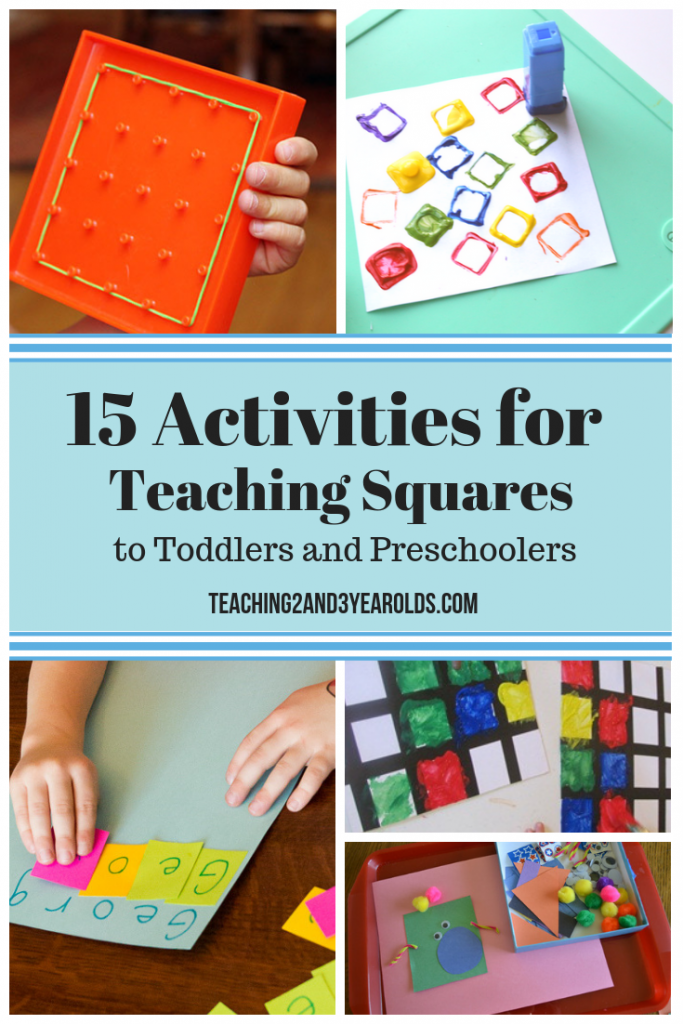 “When they get to ninth grade and they have to read “Of Mice and Men,” there are no picture cues,” Rasmussen said.
“When they get to ninth grade and they have to read “Of Mice and Men,” there are no picture cues,” Rasmussen said.
Related: Teacher Voice: We need phonics, along with other supports, for reading
Blevins and Shanahan caution against organizing books by different reading levels and keeping students at one level until they read with enough fluency to move up to the next level. Although many people may think keeping students at one level will help prevent them from getting frustrated and discouraged by difficult texts, research shows that students actually learn more when they are challenged by reading materials.
Blevins said reliance on “leveled books” can contribute to “a bad habit in readers.” Because students can’t sound out many of the words, they rely on memorizing repeated words and sentence patterns, or on using picture clues to guess words. Rasmussen said making kids stick with one reading level — and, especially, consistently giving some kids texts that are below grade level, rather than giving them supports to bring them to grade level — can also lead to larger gaps in reading ability.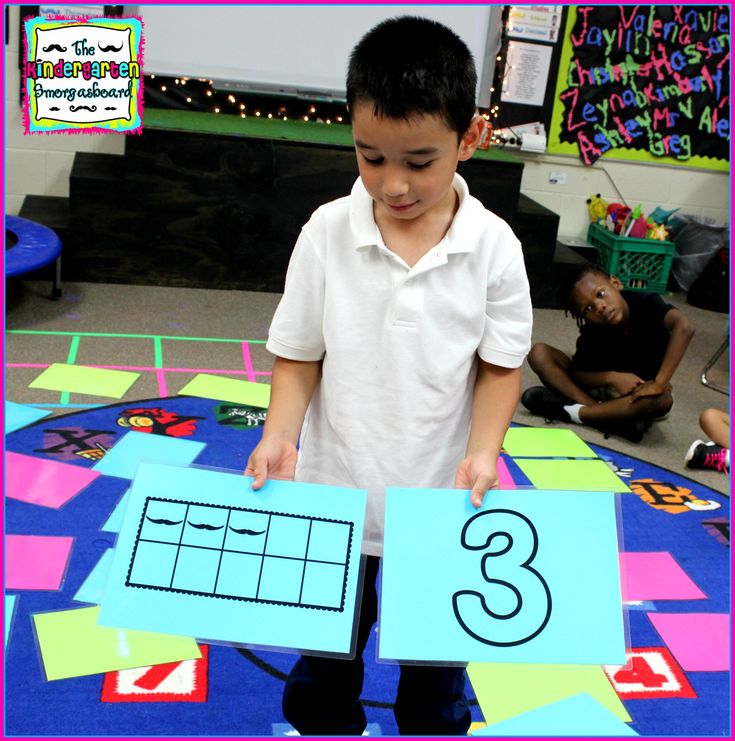
How do I know if a reading curriculum is effective?
Some reading curricula cover more aspects of literacy than others. While almost all programs have some research-based components, the structure of a program can make a big difference, said Rasmussen. Watching children read is the best way to tell if they are receiving proper instruction — explicit, systematic instruction in phonics to establish a foundation for reading, coupled with the use of grade-level texts, offered to all kids.
Parents who are curious about what’s included in the curriculum in their child’s classroom can find sources online, like a chart included in an article by Readingrockets.org which summarizes the various aspects of literacy, including phonics, writing and comprehension strategies, in some of the most popular reading curricula.
Blevins also suggested some questions parents can ask their child’s teacher:
- What is your phonics scope and sequence?
“If research-based, the curriculum must have a clearly defined phonics scope and sequence that serves as the spine of the instruction.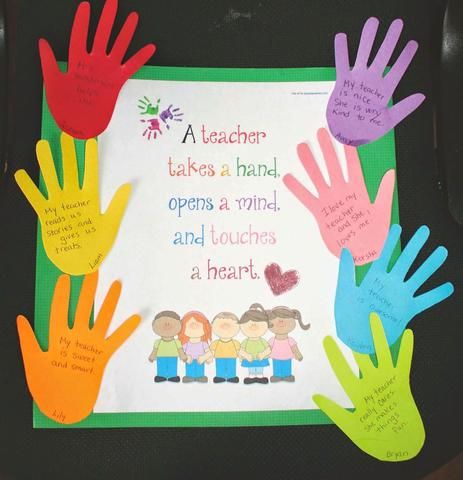 ” Blevins said.
” Blevins said.
- Do you have decodable readers (short books with words composed of the letters and sounds students are learning) to practice phonics?
“If no decodable or phonics readers are used, students are unlikely to get the amount of practice and application to get to mastery so they can then transfer these skills to all reading and writing experiences,” Blevins said. “If teachers say they are using leveled books, ask how many words can students sound out based on the phonics skills (teachers) have taught … Can these words be fully sounded out based on the phonics skills you taught or are children only using pieces of the word? They should be fully sounding out the words — not using just the first or first and last letters and guessing at the rest.”
- What are you doing to build students’ vocabulary and background knowledge? How frequent is this instruction? How much time is spent each day doing this?
“It should be a lot,” Blevins said, “and much of it happens during read-alouds, especially informational texts, and science and social studies lessons.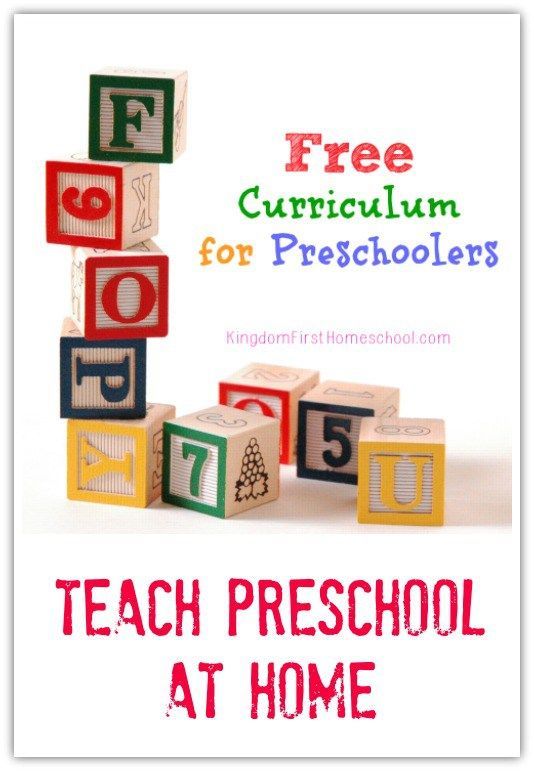 ”
”
- Is the research used to support your reading curriculum just about the actual materials, or does it draw from a larger body of research on how children learn to read? How does it connect to the science of reading?
Teachers should be able to answer these questions, said Blevins.
What should I do if my child isn’t progressing in reading?
When a child isn’t progressing, Blevins said, the key is to find out why. “Is it a learning challenge or is your child a curriculum casualty? This is a tough one.” Blevins suggested that parents of kindergarteners and first graders ask their child’s school to test the child’s phonemic awareness, phonics and fluency.
Parents of older children should ask for a test of vocabulary. “These tests will locate some underlying issues as to why your child is struggling reading and understanding what they read,” Blevins said. “Once underlying issues are found, they can be systematically addressed.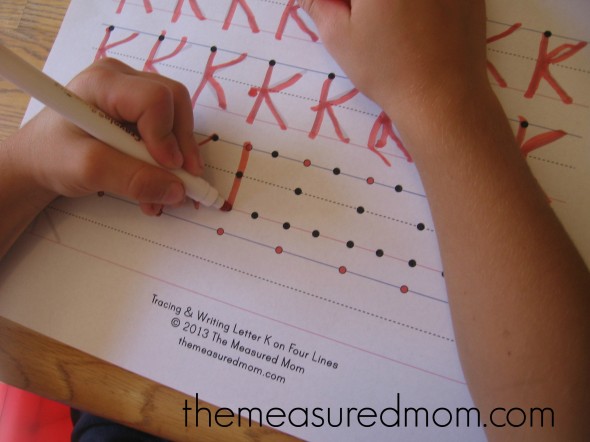 ”
”
“We don’t know how much phonics each kid needs. But we know no kid is hurt by getting too much of it.”
Anders Rasmussen, principal of Wood Road Elementary School in Ballston Spa, New York
Rasmussen recommended parents work with their school if they are concerned about their children’s progress. By sitting and reading with their children, parents can see the kind of literacy instruction the kids are receiving. If children are trying to guess based on pictures, parents can talk to teachers about increasing phonics instruction.
“Teachers aren’t there doing necessarily bad things or disadvantaging kids purposefully or willfully,” Rasmussen said. “You have many great reading teachers using some effective strategies and some ineffective strategies.”
What can parents do at home to help their children learn to read?
Parents want to help their kids learn how to read but don’t want to push them to the point where they hate reading.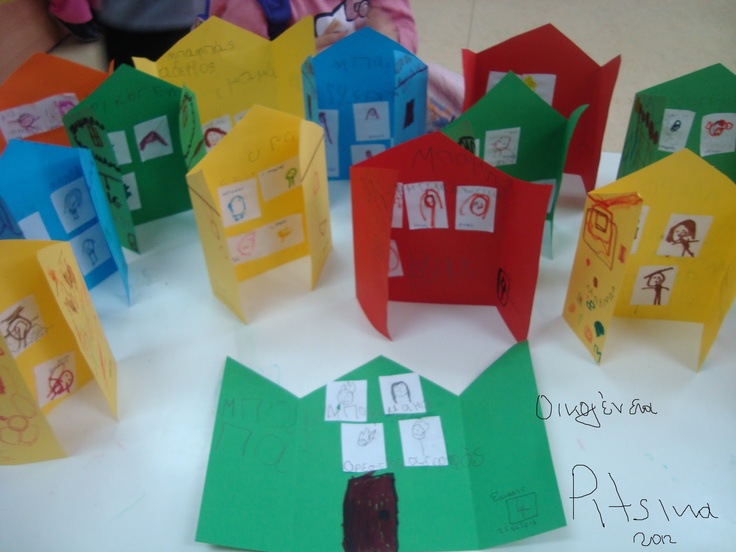 “Parents at home can fall into the trap of thinking this is about drilling their kid,” said Cindy Jiban, a former educator and current principal academic lead at NWEA, a research-based non-profit focused on assessments and professional learning opportunities. “This is unfortunate,” Jiban said. “It sets up a parent-child interaction that makes it, ‘Ugh, there’s this thing that’s not fun.’” Instead, Jiban advises making decoding playful. Here are some ideas:
“Parents at home can fall into the trap of thinking this is about drilling their kid,” said Cindy Jiban, a former educator and current principal academic lead at NWEA, a research-based non-profit focused on assessments and professional learning opportunities. “This is unfortunate,” Jiban said. “It sets up a parent-child interaction that makes it, ‘Ugh, there’s this thing that’s not fun.’” Instead, Jiban advises making decoding playful. Here are some ideas:
- Challenge kids to find everything in the house that starts with a specific sound.
- Stretch out one word in a sentence. Ask your child to “pass the salt” but say the individual sounds in the word “salt” instead of the word itself.
- Ask your child to figure out what every family member’s name would be if it started with a “b” sound.
- Sing that annoying “Banana fana fo fanna song.” Jiban said that kind of playful activity can actually help a kid think about the sounds that correspond with letters even if they’re not looking at a letter right in front of them.
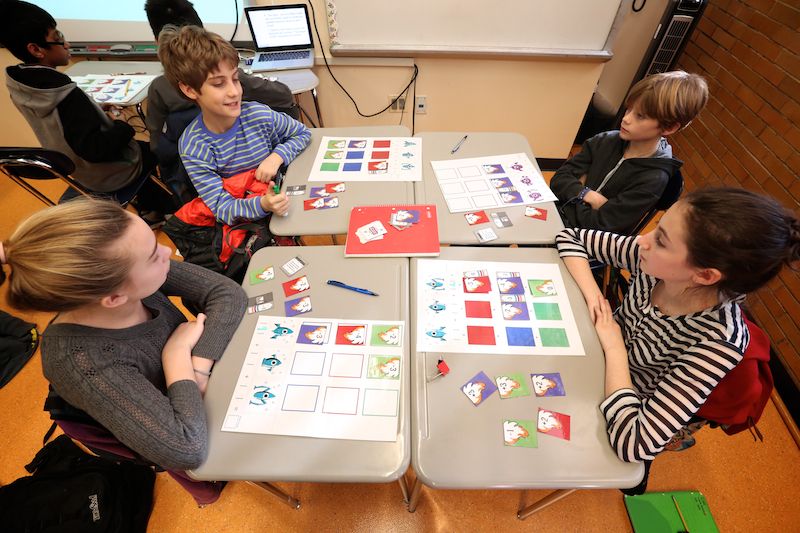
- Read your child’s favorite book over and over again. For books that children know well, Jiban suggests that children use their finger to follow along as each word is read. Parents can do the same, or come up with another strategy to help kids follow which words they’re reading on a page.
Giving a child diverse experiences that seem to have nothing to do with reading can also help a child’s reading ability. By having a variety of experiences, Rasmussen said, children will be able to apply their own knowledge to better comprehend texts about various topics.
This story about teaching children to read was produced by The Hechinger Report, a nonprofit, independent news organization focused on inequality and innovation in education. Sign up for Hechinger’s newsletter.
The Hechinger Report provides in-depth, fact-based, unbiased reporting on education that is free to all readers. But that doesn't mean it's free to produce.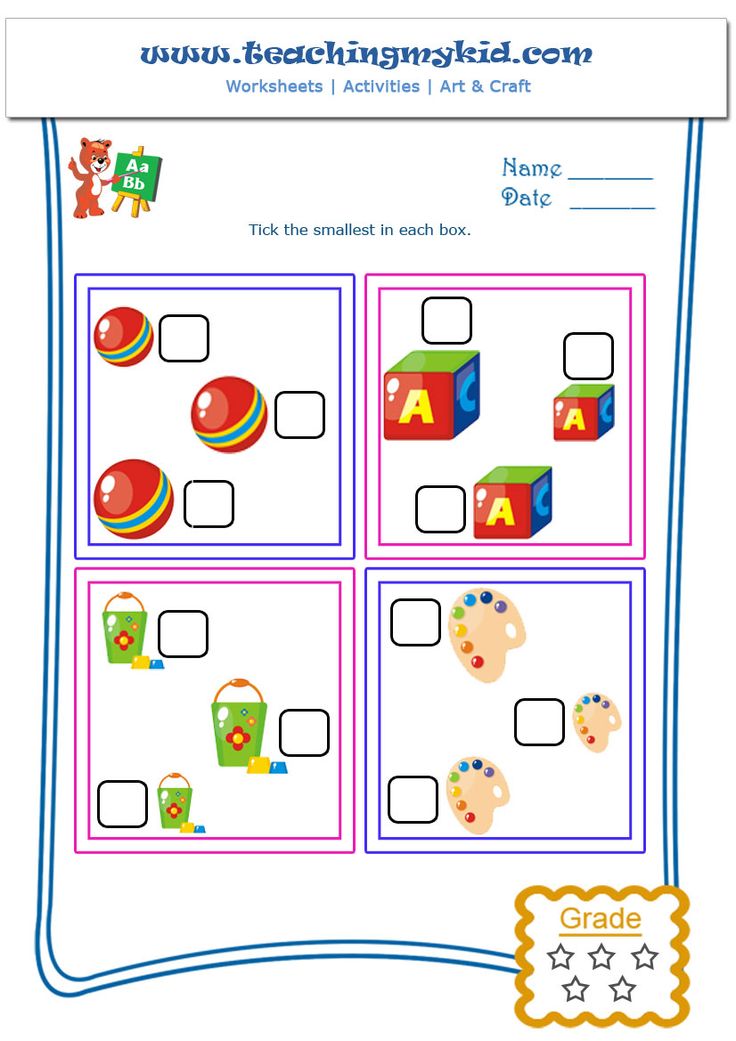 Our work keeps educators and the public informed about pressing issues at schools and on campuses throughout the country. We tell the whole story, even when the details are inconvenient. Help us keep doing that.
Our work keeps educators and the public informed about pressing issues at schools and on campuses throughout the country. We tell the whole story, even when the details are inconvenient. Help us keep doing that.
Join us today.
8 ways to teach a preschooler to understand himself and others
When talking about early development, they immediately remember the ability to read, write and solve examples. And elementary school teachers keep repeating: teach children how to resolve conflicts, ask for help, make friends and support peers. Simply put, develop their emotional intelligence. How to do it, tells our blogger, teacher Inna Muserskaya.
Taking care of a child's emotional life is just as important as taking care of his physical and intellectual development. Emotional intelligence is the ability to accurately perceive, evaluate and express emotions, and generate emotions for the sake of emotional and intellectual growth.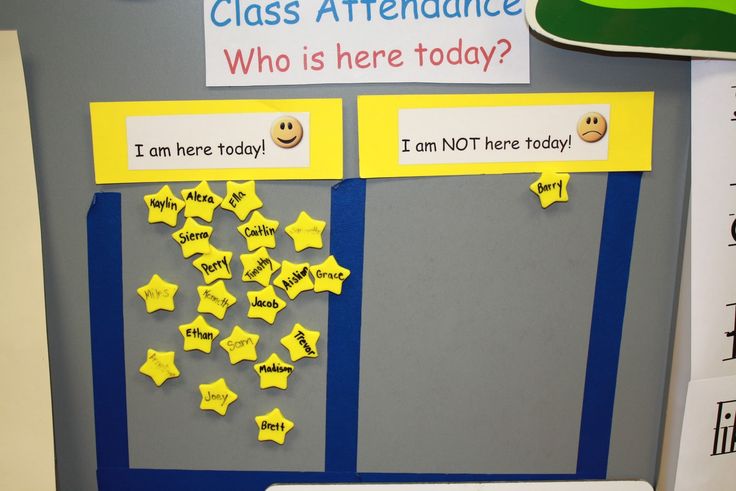 nine0003
nine0003
Children with developed emotional intelligence are one step ahead of their peers. They can make informed decisions, understand other people and their intentions, and effectively build interpersonal relationships. Sometimes this is more important than the ability to multiply three-digit numbers in your head. No matter how smart and developed a child is, with a neglected emotional intelligence, he can turn out to be an outcast. The general well-being of a person, his successes and achievements, relationships with other people, happiness in family life depend on the degree of development of emotional intelligence. nine0003
For some, the main values are knowledge and appreciation. And emotions are left behind. But answer the question, what skills will people need in, say, 30 years from now? The top will include emotional intelligence along with the ability to set goals, time management, financial literacy, and critical thinking. In general, with what is not taught in a regular school.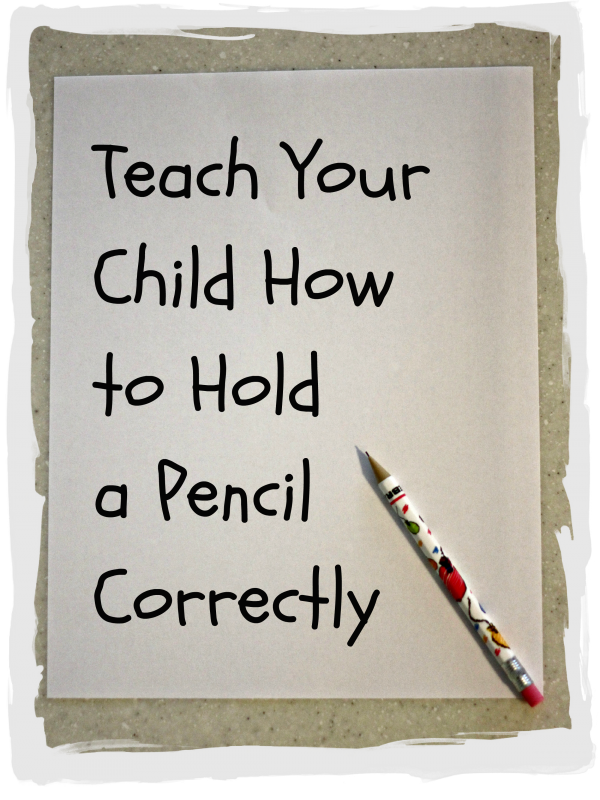 How to start developing a child's emotional intelligence?
How to start developing a child's emotional intelligence?
1. Tell about yourself
Your relationships, experiences, stories about them should come to the fore. Children rarely know anything about the emotional life of their parents, so for a child, understanding that mom and dad also experience a variety of emotions is sometimes a completely new and unexpected experience. The parent is then perceived as an ordinary person with their own joys, sorrows, disappointments and victories. Such communication brings children and parents closer together. nine0003
2. Play
Now there are many games that develop emotional intelligence:
- Game "We are alike" . A game where it is proposed to clap your hands with a positive answer: “Who likes to play with cars, dolls, Lego?”, “Who likes ice cream?”, “Who likes to wash the floor, dishes?” The participants in the game will eventually be able to understand that, despite the fact that we are different, we still have a lot in common.
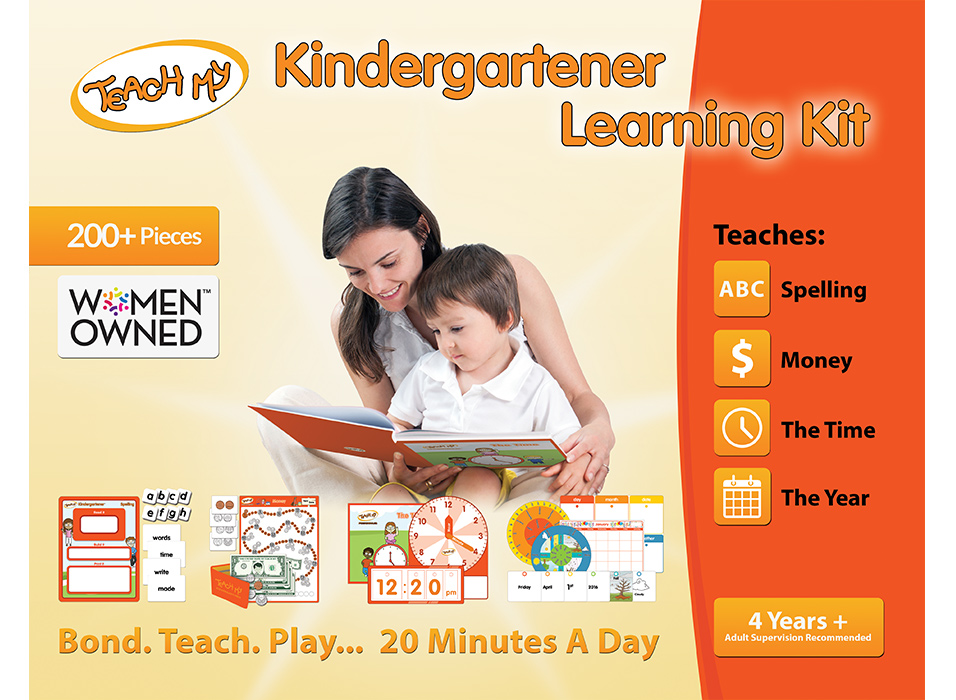
- Any desktops . Games with rules teach you to be aware of the consequences of your actions, to experience loss or victory. nine0022
- Mirror Game . Play in pairs. One is a person, the other is a mirror. The person moves slowly and smoothly, and the mirror tries to repeat exactly, then they switch roles.
- Magic glasses game . There are glasses that see only the good in people. Play alone or with a group. Someone puts on glasses and sees only the good in others, voices what he sees.
- Hand Game . Play in pairs. With your eyes closed, stretch your arms forward, find your partner's hands and "get to know each other", try to get to know your neighbor better. Give up. Hands "quarrel": stretch your hands forward again and "quarrel" with your hands. Then "make peace" with your hands. nine0022
- Role play . Some toy can get sick, upset, lose something. Tell the child how he can help: cover with a blanket, give warm tea, etc.
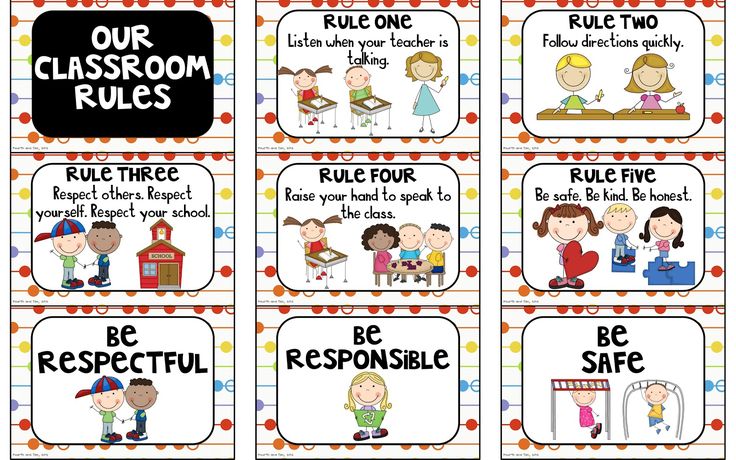
3. Set an example
Use your example to show different ways of communicating with other people. That is, spend more time together: in the garden or in the development rooms, there is no one to take an example from, only a teacher or a nanny. Make good use of your time with your child!
4. Talk about feelings
Expand your child's understanding of emotions and feelings. Tell us about their polarity: that you can cry with joy or laugh hysterically with fear. Teach the ability to recognize, understand and adequately express your emotions and experiences. Comment. Something happened, the child cries: “Are you offended?”, “Are you upset?”, “Are you angry?” After some time, the child himself will describe exactly how he feels.
Develop the experience of emotional response. Teach techniques and ways to manage your emotions. Maybe stomp your feet, beat a pear, breathe deeply. Learn to change your emotional states: keep a diary of emotions or make a mood meter, where you daily mark the level of joy, the predominant emotion.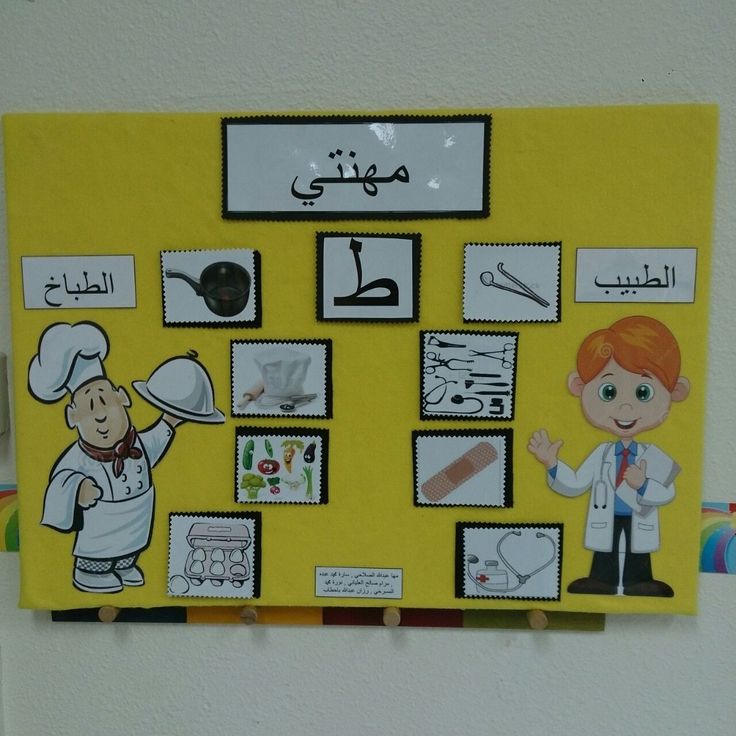 nine0053 Comment on why this emotion appeared.
nine0053 Comment on why this emotion appeared.
5. Pay attention to the feelings of others
Develop the ability to understand and recognize the emotional states of others. Enrich your emotional vocabulary. You can make it yourself by cutting out faces from old newspapers and magazines, helping the child identify the main emotions, and the rest are shades of the basic ones.
Basic emotions: joy, interest, fear, grief, anger, fear, disgust, shame. And, for example, horror, anxiety, anxiety are shades of fear. And there are a lot of shades. So show them to your child, teach them to distinguish. Explain to the child that there are no bad or good emotions, it's all part of us. And any emotions are necessary for a person. nine0003
6. Watch cartoons
But not just the Karusel TV stream. For kids, I advise you to watch Monsiki. These are episodes of 5-7 minutes, for older guys - "Puzzle" from Pixar. This is a full length cartoon. We just don’t turn on cartoons according to the “stick and don’t interfere” scheme, but watch together and comment on what, how and why.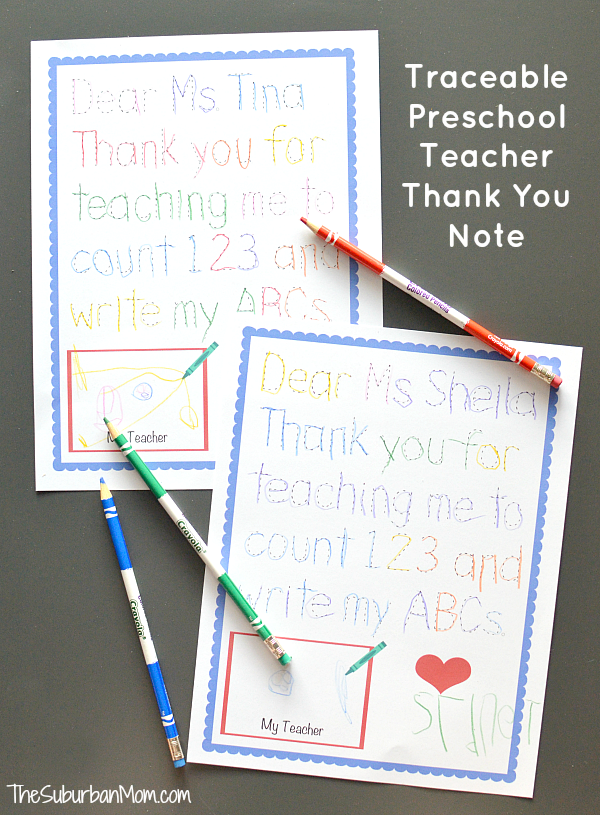 In this cartoon, pay attention to the moment when the situation of ignoring some emotions is played out, what this leads to!
In this cartoon, pay attention to the moment when the situation of ignoring some emotions is played out, what this leads to!
7. Do not forbid children to cry
Boys included. The child fell, it hurts, he hit. Forbidding tears is not the same as "cultivating masculinity." Boys who grew up in such harsh conditions, where "men don't cry", can't express their emotions at all. If a child is in pain, he should be sympathized, not taught to swallow tears.
By the way, for children who are not scared that "men don't cry", who are pitied, there is no need to seek affection and attention of parents through other things
Our children should be lively and emotional. If you feel sorry for a child who is upset, this does not mean at all that you will develop in him a craving to be in this helpless and miserable state all the time. I do not forbid my son to cry and, believe me, this did not make him cry all day and night. He just knows that he will be pitied, so when he falls, he can say: “It doesn’t hurt me, everything is fine!” — even if it hurts a little.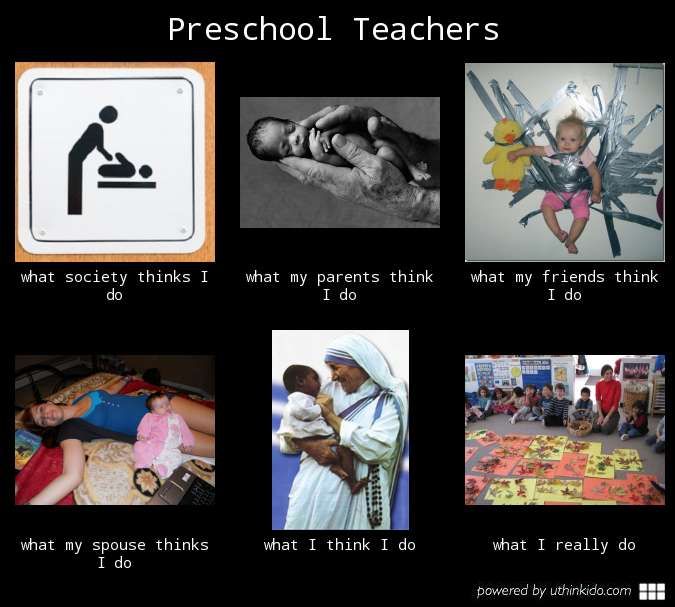 He has no need to exaggerate to get my attention. nine0003
He has no need to exaggerate to get my attention. nine0003
8. Do not forbid children to have fun
Many children are told: "If you laugh a lot, then you will cry a lot." And children believe, suppress positive emotions, they are afraid that if they are very good now, tomorrow it will be bad. Unsuccessful installation. These are all very broad topics. And whims, and fears, and the manifestation of anger, and other emotional states of children.
I think one of the important tasks that the education system needs to solve is the ability to include the development of emotional intelligence into state standards. After all, this is the future. Lessons on emotions for preschoolers should be included in the schedule along with letters, numbers, etc.
Such knowledge will be very helpful in life. Everyone. Emotionally intelligent people are different from the rest. Unlike IQ, which is genetically determined, emotional intelligence can and should be developed throughout life.
You are in the "Blogs" section. The opinion of the author may not coincide with the position of the editors.
Photo: IONs / Shutterstock
How to teach your child to read: important rules and effective techniques
October 26, 2022 Likbez Education nine0003
Teaching a preschooler to read without losing interest in books is real. Lifehacker has selected the best ways for responsible parents.
How to understand that it is time to teach a child to read
There are several signs of psychological readiness.
- The child speaks fluently in sentences and understands the meaning of what is said.
- The child understands directions: left-right, up-down. For learning to read, it is important that the baby can follow the text from left to right and from top to bottom. nine0022
- The child distinguishes sounds (what speech therapists call developed phonemic hearing). Simply put, the baby will easily understand by ear where the house and the bow are, and where the tom and the hatch are.
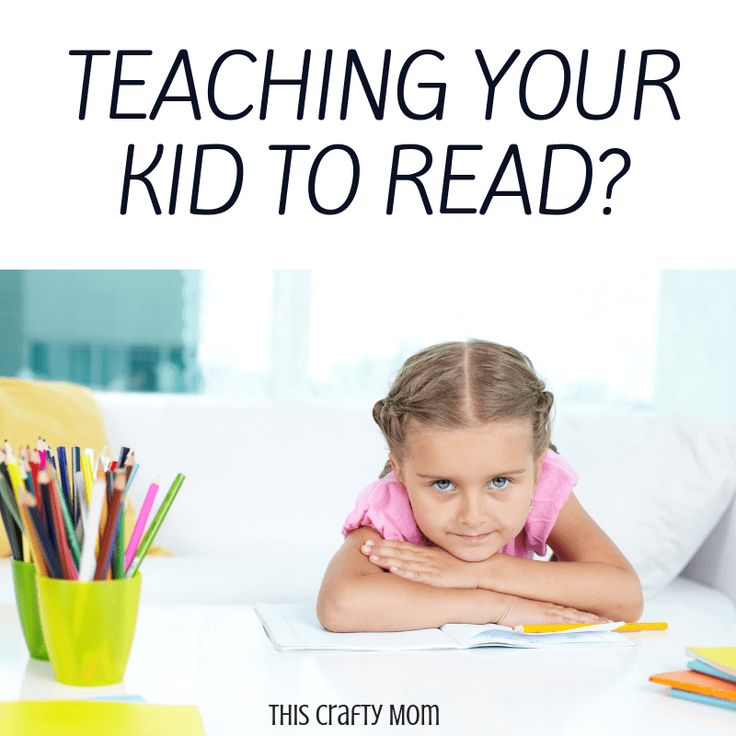
- Your child pronounces all sounds and has no speech problems.
Natalya Zharikova
Speech therapist with 33 years of experience
A child with speech therapy problems does not hear and does not distinguish similar sounds. From here come errors with speech, and subsequently with reading, and even more often with writing. It is very difficult for a parent to identify violations on their own, so usually a teacher or a speech therapist can point this out to them. nine0003
How to teach your child to read
Be patient and follow these simple guidelines.
Set an example
In a family where there is a culture and tradition of reading, children themselves will reach for books. Read not because it is necessary and useful, but because it is a pleasure for you.
Read together and discuss
Read aloud to the child and then look at the pictures together, encouraging them to interact with the book: “Who is that drawn? Can you show me the cat's ears? And who is that standing next to her?” Older children can be asked more difficult questions: “Why did he do this? What do you think will happen next?" nine0003
Don't learn the letters as they are called in the alphabet
Instead, help your child remember the sound the letter makes. For example, you show the letter "m" and say: "This is the letter m (not em )". If a child remembers the alphabetic names of letters ( em , es, ef and so on), it will be quite difficult for him to learn to read. Then, when he sees the word ra-ma in the book, he will try to pronounce er-a-um-a .
For example, you show the letter "m" and say: "This is the letter m (not em )". If a child remembers the alphabetic names of letters ( em , es, ef and so on), it will be quite difficult for him to learn to read. Then, when he sees the word ra-ma in the book, he will try to pronounce er-a-um-a .
Go from simple to complex
Once the child has memorized a few letters (from 2 to 5) and the sounds they represent, move on to syllables. Let the words consisting of repeating syllables be the first: ma-ma, pa-pa, uncle, nanny . In this case, it is not necessary to break the syllable into separate sounds. Do not say: "These are the letters m and a , and together they read ma ". Immediately learn that the syllable is pronounced like ma , otherwise the baby may start to read letter by letter. After mastering simple combinations, move on to more complex ones: ko‑t, zhu‑k, house .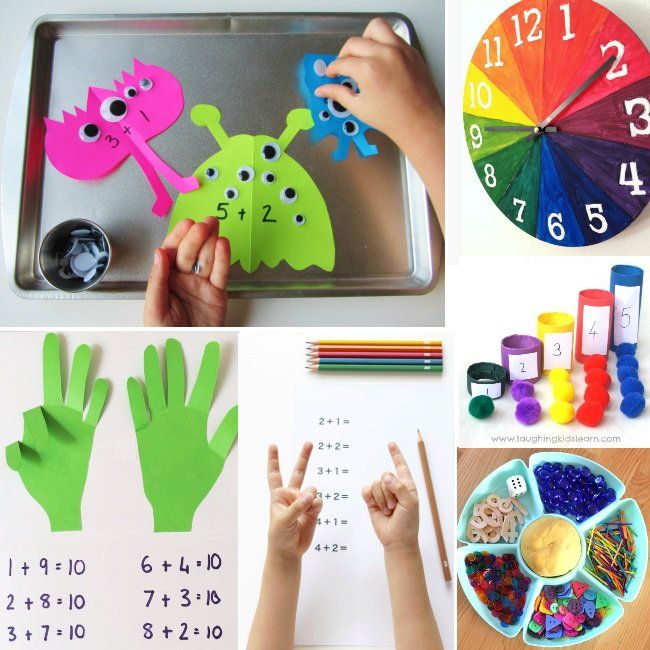
Help to understand the meaning of what they read
Do this when the child begins to slowly but surely reproduce words and whole sentences in syllables. For example, the kid read: "Mom washed the frame." Stop and ask: “What did you just read about?”. If he finds it difficult to answer, let him read the sentence again. And you ask more specific questions: “Who washed the frame? What did mom wash?
Show that letters are everywhere
Play a game. Let the child find the letters that surround him on the street and at home. These are the names of stores, and memos on information stands, and advertising on billboards, and even traffic light messages: it happens that the inscription “Go” lights up on green, and “Wait so many seconds” on red. nine0003
Play
And play again. Stack blocks with letters and syllables, make up words, ask your child to read you some kind of sign or inscription on the packaging in the store.
Natalya Zharikova
There are many exercises for memorizing letters.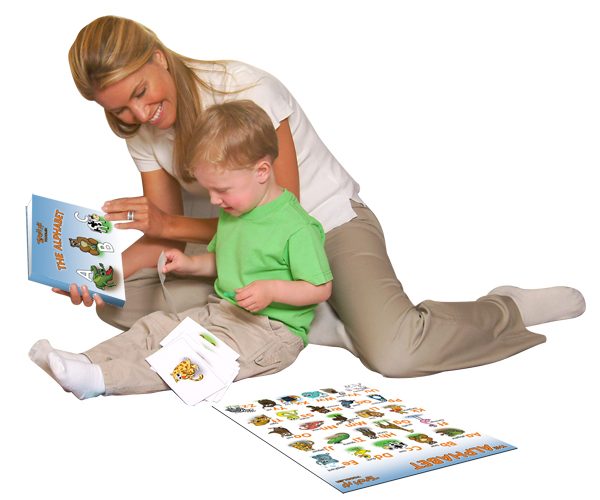 For example, circle the desired letter among a number of others, circle the correctly written among the incorrect ones, color or shade. You can also ask the child to tell what the letter looks like.
For example, circle the desired letter among a number of others, circle the correctly written among the incorrect ones, color or shade. You can also ask the child to tell what the letter looks like.
Use every opportunity to train
Whether you are waiting in line at the clinic or driving somewhere, take out a book with pictures and short stories to them and invite your child to read together.
Build on your success
Repeat familiar texts, look for familiar characters in new stories. Runaway Bunny is found both in "Teremka" and "Kolobok".
Do not force
This is perhaps the most important thing. Don't take away a child's childhood. Learning should not go through violence and tears. nine0003
What techniques to use to teach your child to read
Here are six popular, affordable and effective techniques. Choose one or try several and choose the one that interests your child the most.
1. ABCs and primers
Frame: This is all mine / YouTube Traditional, but the longest way.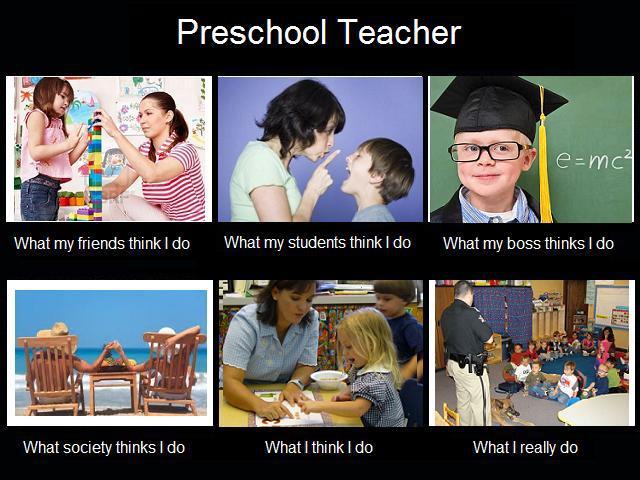 The difference between these books is that the alphabet fixes each letter with a mnemonic picture: on the page with B a drum will be drawn, and next to Yu - Yula. The alphabet helps to remember letters and often interesting rhymes, but will not teach you how to read.
The difference between these books is that the alphabet fixes each letter with a mnemonic picture: on the page with B a drum will be drawn, and next to Yu - Yula. The alphabet helps to remember letters and often interesting rhymes, but will not teach you how to read.
The primer consistently teaches the child to combine sounds into syllables, and syllables into words. This process is not easy and requires perseverance.
There are quite a lot of author's primers now. According to the books of Nadezhda Betenkova, Vseslav Goretsky, Dmitry Fonin, Natalya Pavlova, children can study both with their parents before school and in the first grade.
Parents agree that one of the most understandable methods for teaching preschoolers is Nadezhda Zhukova's primer. The author simply explains the most difficult thing for a child: how to turn letters into syllables, how to read ma-ma rather than start calling individual letters me-a-me-a .
2. Zaitsev's Cubes
Shot: Little Socrates / YouTubeIf a child consistently masters letters and syllables while learning from an ABC book, then in 52 Zaitsev's Cubes he is given access to everything at once: a single letter or combinations of consonant and vowel, consonant and hard or soft sign.
The child effortlessly learns the differences between unvoiced and voiced sounds, because the cubes with voiceless consonants are filled with wood, and the cubes with voiced consonants are filled with metal. nine0003
The cubes also differ in size. The large ones depict hard warehouses, the small ones - soft ones. The author of the technique explains this by the fact that when we pronounce to (hard warehouse), the mouth opens wide, or (soft warehouse) - lips in a half smile.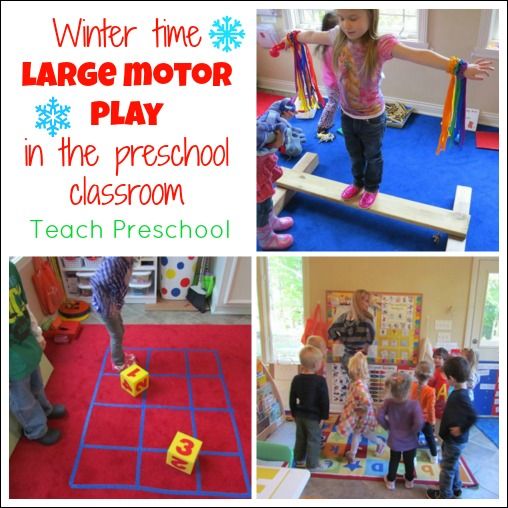
The set includes tables with warehouses that the parent sings (yes, he doesn’t speak, but sings).
The child quickly masters warehouse reading with the help of cubes. But there are also disadvantages: he may begin to swallow endings and face difficulties already at school when parsing a word by composition. nine0003
3. "Skladushki" and "Teremki" by Vyacheslav Voskobovich
Shot: Games and Toys Club / YouTubeIn "Skladushki" Vyacheslav Voskobovich reworked Zaitsev's idea: 21 cards show all the warehouses of the Russian language with nice thematic pictures. Included is a CD with songs, the texts of which go under each picture.
Folders are great for kids who like looking at pictures. Each of them is an occasion to discuss with the child where the kitten is, what the puppy is doing, where the beetle flew.
nine0003
It is possible to teach a child with these cards from the age of three. At the same time, it should be noted that the author of the methodology himself does not consider it necessary to force early development.
"Teremki" by Voskobovich consist of 12 wooden cubes with consonants and 12 cardboard cubes with vowels. First, the child gets acquainted with the alphabet and tries with the help of parents to come up with words that begin with each of the letters.
Then it's time to study the syllables. In the tower with the letter M is embedded A - and the first syllable is ma . From several towers you can lay out words. Learning is based on play. So, when replacing the vowel , the house will turn into smoke .
You can start playing tower blocks from the age of two. At the same time, parents will not be left alone with the cubes: the kit includes a manual with a detailed description of the methodology and game options.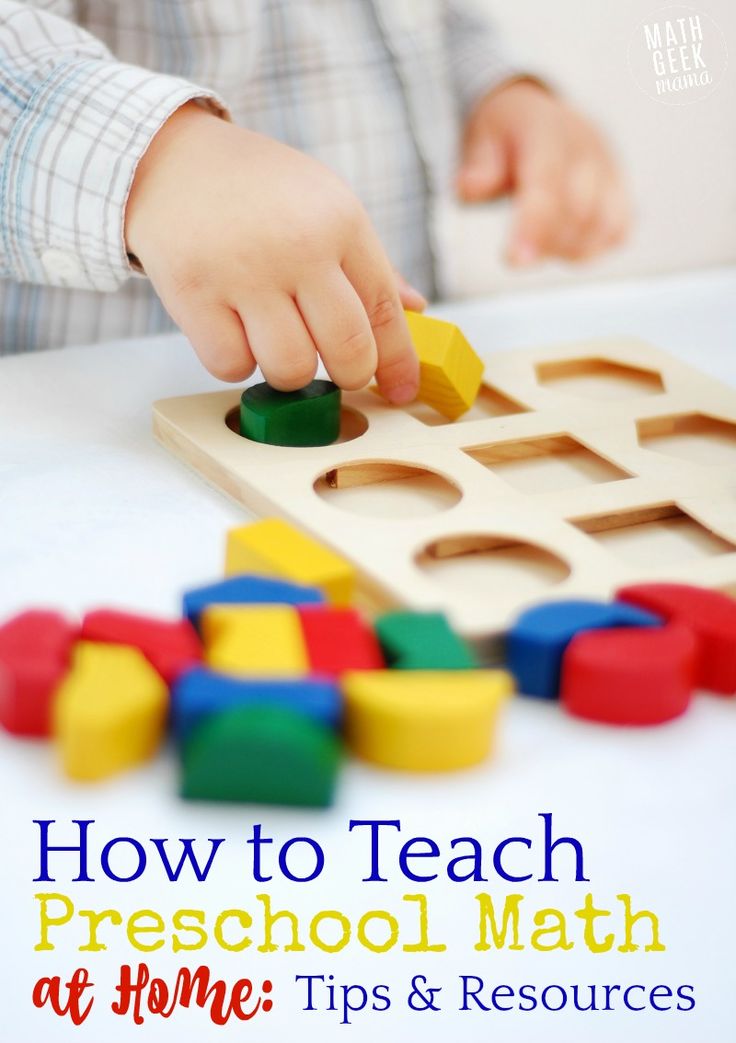
4. Chaplygin's dynamic cubes
Shot: Both a boy and a girl! Children's channel - We are twins / YouTubeEvgeny Chaplygin's manual includes 10 cubes and 10 movable blocks. Each dynamic block consists of a pair - a consonant and a vowel. The task of the child is to twist the cubes and find a pair.
At the initial stage, as with any other method of learning to read in warehouses, the child makes the simplest words from repeating syllables: ma-ma, pa-pa, ba-ba . The involved motor skills help to quickly remember the shape of the letters, and the search for already familiar syllables turns into an exciting game. The cubes are accompanied by a manual describing the methodology and words that can be composed. nine0003
The optimal age for classes is 4-5 years. You can start earlier, but only in the game format.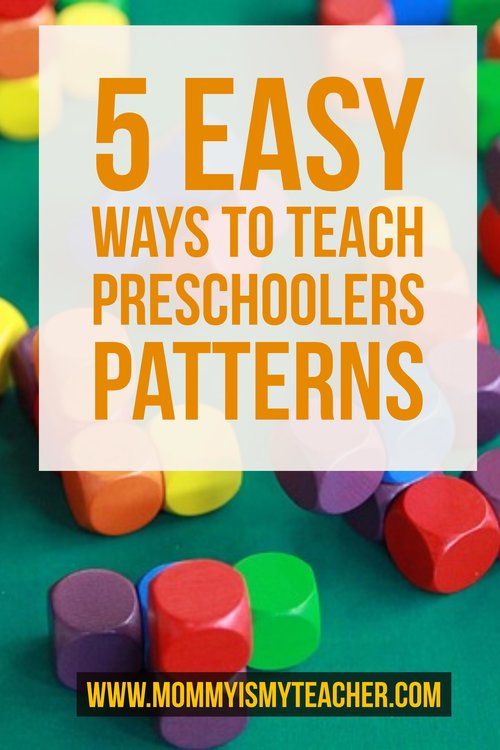
5. Doman's cards
Frame: My little star / YouTubeAmerican doctor Glenn Doman proposes to teach children not individual letters or even syllables, but whole words. Parents name and show the child the words on the cards for 1-2 seconds. In this case, the baby is not required to repeat what he heard.
Classes start with 15 cards with the simplest concepts like female and male . Gradually, the number of words increases, those already learned leave the set, and the child begins to study phrases: for example, color + object, size + object.
How can one understand that a child has understood and memorized the visual image of a word, if the author of the methodology recommends starting classes from birth? Glenn Doman in "The Harmonious Development of the Child" strongly emphasizes that it is not necessary to arrange tests and checks for the child: kids do not like this and lose interest in classes.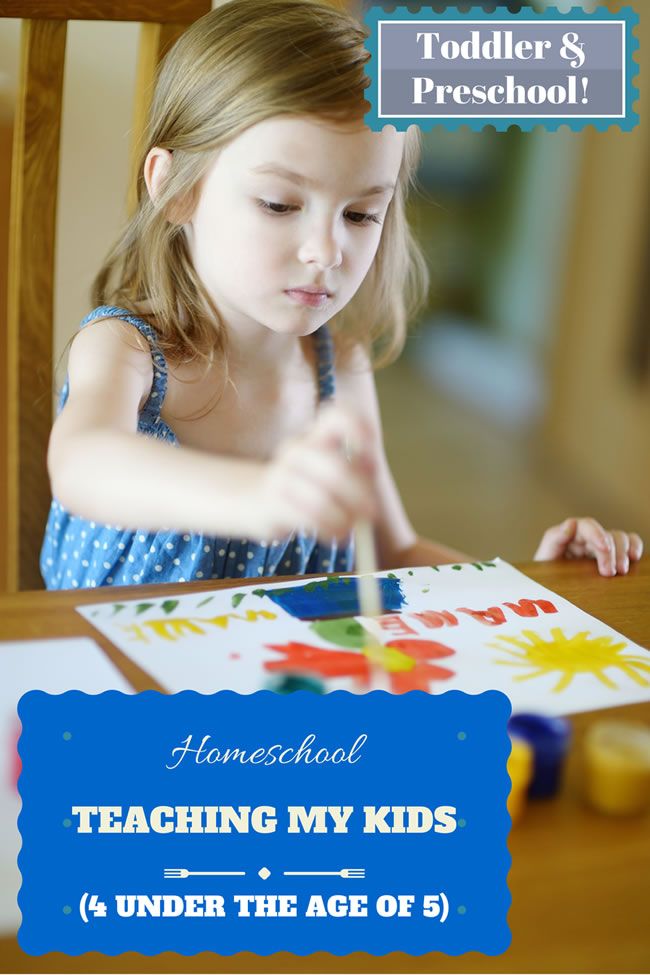 nine0003
nine0003
It's better to remember 50 cards out of 100 than 10 out of 10.
Glenn Doman
But given that parents can't help but check, he advises the child to play the game if they want and are ready. For example, you can put a few cards and ask to bring one or point to it.
Today, psychologists, neurophysiologists and pediatricians agree that the Doman method is aimed not at teaching reading, but at mechanical memorization of visual images of words. The child turns out to be an object of learning and is almost deprived of the opportunity to learn something on his own. nine0003
It is also worth adding: in order to proceed to the stage of reading according to Doman, parents need to prepare cards with all (!) Words that are found in a particular book.
6. Montessori method
Photo: Kolpakova Daria / Shutterstock Montessori reading comes from the opposite: first we write and only then we read. Letters are the same pictures, so you first need to learn how to draw them and only then engage in pronunciation and reading.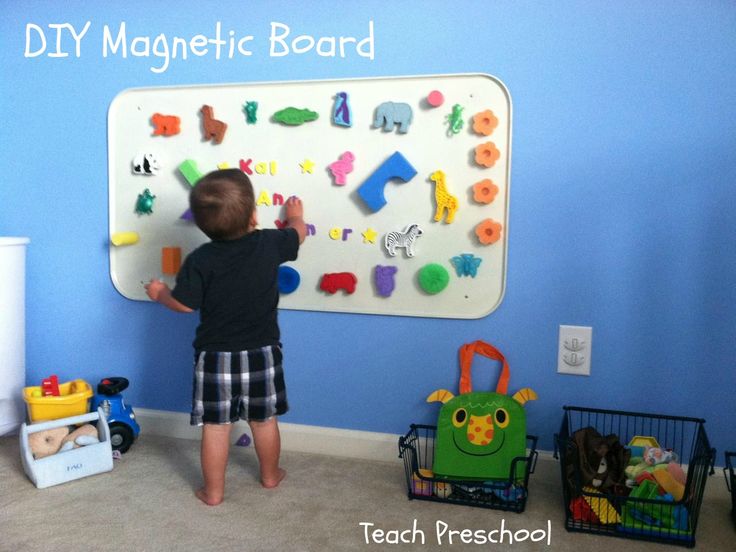 Children begin by tracing and shading the letters, and through this, they memorize their outline. When several vowels and consonants have been studied, they move on to the first simple words. nine0003
Children begin by tracing and shading the letters, and through this, they memorize their outline. When several vowels and consonants have been studied, they move on to the first simple words. nine0003
Much attention is paid to the tactile component, so children can literally touch the alphabet cut out of rough or velvety paper.
The value of the methodology lies in learning through play. So, you can put a rough letter and a plate of semolina in front of the child and offer to first circle the sign with your finger, and then repeat this on the semolina.
The difficulty for parents is to purchase or prepare a significant amount of handouts. But you can try to make cards with your own hands from cardboard and sandpaper. nine0003
What's the result
On the Internet and on posters advertising "educators", you will be offered ultra-modern methods of teaching your child to read at three, two or even from birth.

